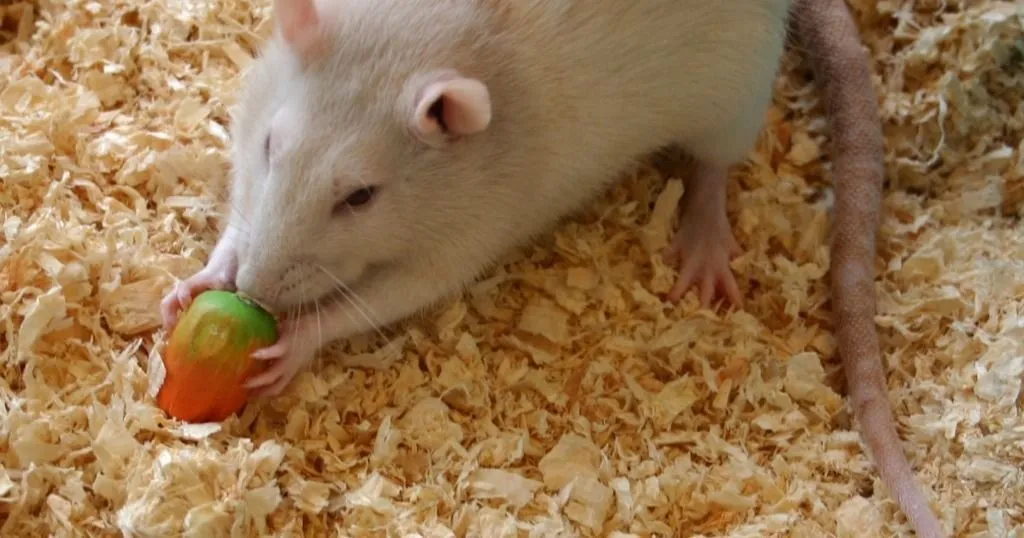Decoding memories during day and night
Unraveling the role of protein synthesis in memory storage across the day and night in a mouse model - how researchers are gaining insights into sleep deprivation and its consequences.
Posted by
Published on
Thu 03 Sep. 2020
Topics
| EthoVision XT | Circadian Rhythmicity | Learning And Memory | Mice | Sleep Research |
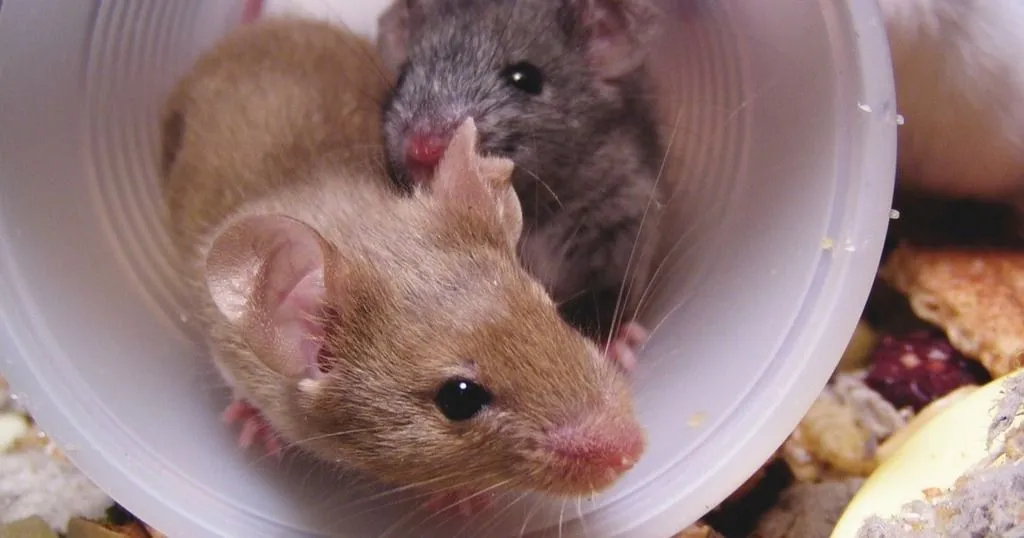
Today we have a guest article by Frank Raven, who just finished his study on the effect of sleep deprivation on memory and plasticity at the Groningen Institute for Evolutionary Life Sciences (GELIFES).
His thesis describes a series of experiments to characterize specific changes in the brain and how this helped him gain insights into sleep deprivation and the underlying mechanisms. In the future, Frank hopes to further his research on the neurobiology of sleep.
Congratulations with your thesis, Frank, and thank you for contributing to the Noldus Behavioral Research Blog!
Day and night rhythms in memory processing
Human beings and most other species of the animal kingdom have the fundamental ability to form, store, and later retrieve memories. Memory processing is very delicate can be affected by many different factors. One of those is day and night rhythmicity.
Such a rhythmicity can arise from rhythmic variation at the cellular, neurobiological level, or behavioral level, for example from alternation between sleeping and waking [1, 2]. The latter raises an important point as it is challenging to separate the time-of-day effects on memory storage from changes in the sleep/wake cycle. Moreover, sleep by itself is also very important for proper memory function [3].
Nevertheless, a study published in 1998 showed that the production of new proteins during the first hours of the night is crucial for memory formation [4]. Other studies have shown that the level of certain proteins that are important for memory formation also show a day and night rhythm [5, 6].
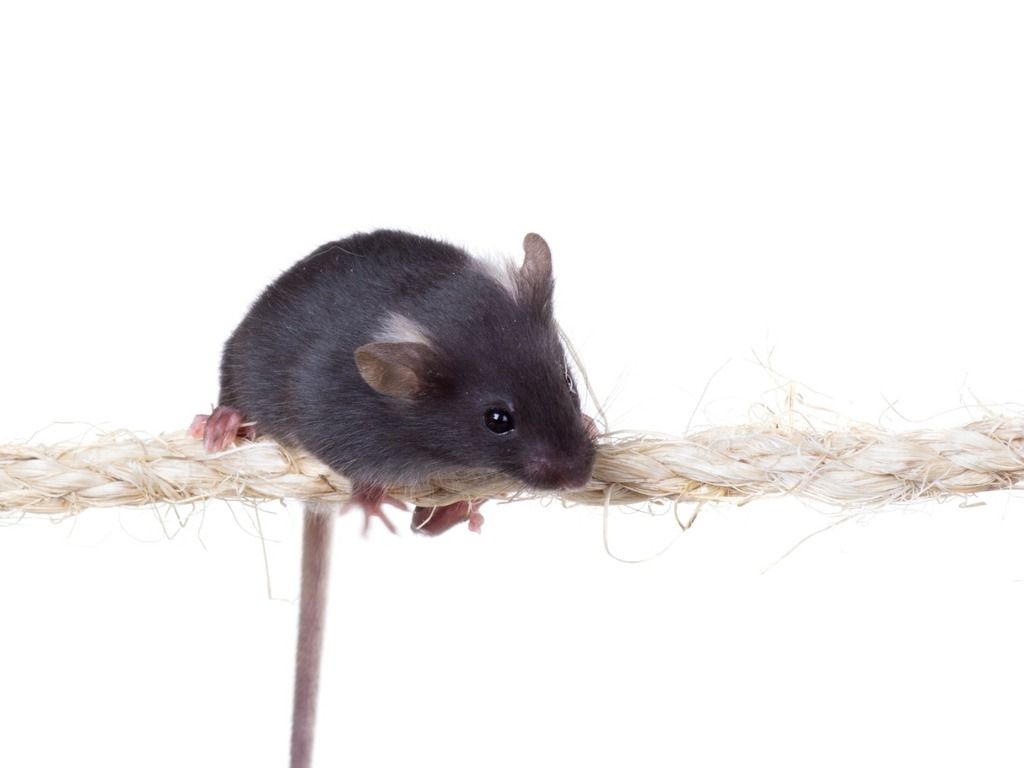
Protein synthesis and information storage
It was not yet clear whether the day-night differences in the basal values of those proteins mean that the storage of new information also differs between day and night. Therefore, we investigated whether protein synthesis inhibition affects memory consolidation differently during the day and night.
Why mice?
Mice were used for this project, as they go through the same sleep stages as us, and the structure of their hippocampus – a brain region crucial for memory processing – is also quite similar.
It is important to note that, like other nocturnal animals, mice are active when it is dark and passive when it is light. During this experiment half of the animals were tested in the beginning of the dark (active) phase, and the other half at the start of the light (inactive) phase.
How to study memory in mice?
To study memory, we trained mice in a fear conditioning cage using the Noldus/Ugo Basile Fear conditioning setup. Using a hippocampus-dependent contextual fear conditioning protocol, mice had to learn to associate an unpleasant event (a very mild shock) with the neutral context (the fear conditioning cage) [7].
Half a minute after a mouse was placed inside the cage, we programmed EthoVision XT software to deliver a 2-second mild electric shock to the mice. After two more minutes, the mouse was returned to its home cage. Twenty-four hours later, the mouse was placed back into the fear conditioning cage and we tested if the mouse formed a contextual fear memory.
Measuring freezing behavior
During the training and test session, we measured freezing activity, which is defined as the complete lack of movement (except for respiratory behavior) and determined using EthoVision XT software.
When the animals have made an association between the negative experience (the shock) and the context (the cage), they show this typical freezing behavior, which is the indicator for learning and memory processes. We also measured freezing during the training sessions to measure baseline freezing levels, which are generally very low.
Inhibition of protein synthesis during the day and night
Immediately after training, mice were injected (subcutaneously) at various times with anisomycin, a protein synthesis inhibitor, or with physiological saline as a control.
Mice tested in the light (inactive) phase showed less freezing after injections of anisomycin at times T0 (immediately after training), T4 (4 hours after training) and T8 (8 hours after training). Mice injected at T12 (12 hours post-training), however, showed as much freezing as the control animals and were thus able to remember the association.
Proteins matter for the storage of memories
From this we can conclude that immediately, until at least 8 hours after the training in the light phase, the production of new proteins is important for the storage of contextual fear memories. Surprisingly, we found the same results for mice trained in the dark (active) phase. Also, there appeared to be no differences in this respect between male and female mice.
Thus, these data show that protein synthesis plays an important role in memory storage immediately after a learning task up to 8 hours later. Moreover, not all underlying mechanisms of memory storage differ between day-time or night-time learning [8]. Insights into the dynamics of memory consolidation across the day and night is crucial for all studies that aim to elucidate the underlying molecular mechanisms of memory storage.
Future studies should investigate whether other molecular processes regulating memory storage (for example transcription, translation, and ubiquitination), follow a day and night rhythm. Lastly, technological advances allow for more sophisticated approaches (e.g., optogenetics) and may answer questions such as how, and when, certain memories are formed and preserved in time [9, 10].
References
- Snider, K.H., K.A. Sullivan, and K. Obrietan, Circadian Regulation of Hippocampal-Dependent Memory: Circuits, Synapses, and Molecular Mechanisms. Neural Plast, 2018. 2018: p. 7292540.
- Abel, T. and K.M. Lattal, Molecular mechanisms of memory acquisition, consolidation and retrieval. Curr Opin Neurobiol, 2001. 11(2): p. 180-7.
- Abel, T., et al., Sleep, plasticity and memory from molecules to whole-brain networks. Curr Biol, 2013. 23(17): p. R774-88.
- Bourtchouladze, R., et al., Different training procedures recruit either one or two critical periods for contextual memory consolidation, each of which requires protein synthesis and PKA. Learn Mem, 1998. 5(4-5): p. 365-74.
- Eckel-Mahan, K.L., et al., Circadian oscillation of hippocampal MAPK activity and cAmp: implications for memory persistence. Nat Neurosci, 2008. 11(9): p. 1074-82.
- Jouffe, C., et al., The Circadian Clock Coordinates Ribosome Biogenesis. PLOS Biology, 2013. 11(1): p. e1001455.
- Phillips, R.G. and J.E. LeDoux, Differential contribution of amygdala and hippocampus to cued and contextual fear conditioning. Behav Neurosci, 1992. 106(2): p. 274-85.
- Raven, F., et al., Elucidating the role of protein synthesis in hippocampus-dependent memory consolidation across the day and night. Eur J Neurosci, 2020.
- Ryan, T.J., et al., Memory. Engram cells retain memory under retrograde amnesia. Science, 2015. 348(6238): p. 1007-13.
- Tonegawa, S., et al., Memory engram storage and retrieval. Curr Opin Neurobiol, 2015. 35: p. 101-9.
Related Posts
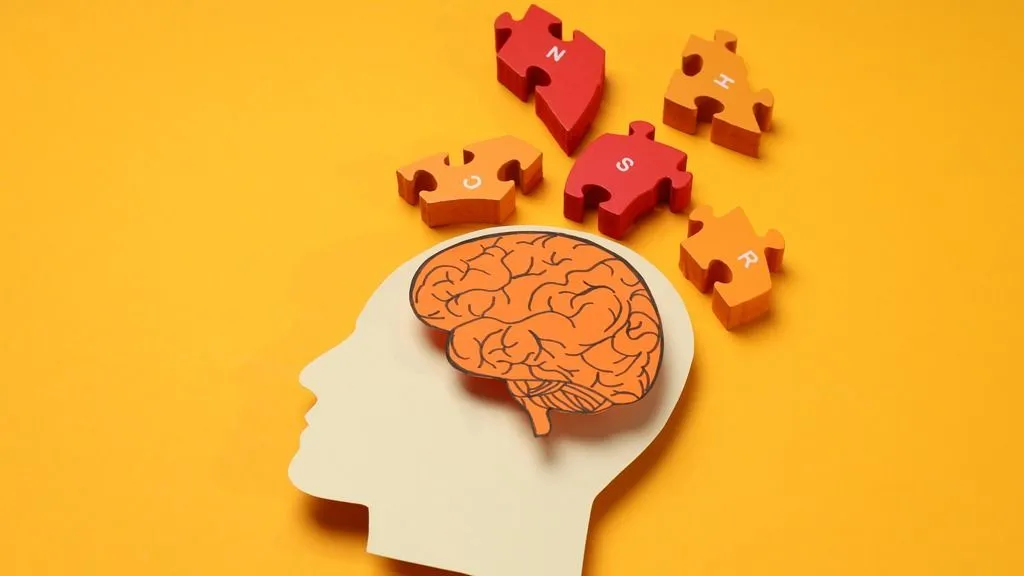
Does infection cause memory loss?
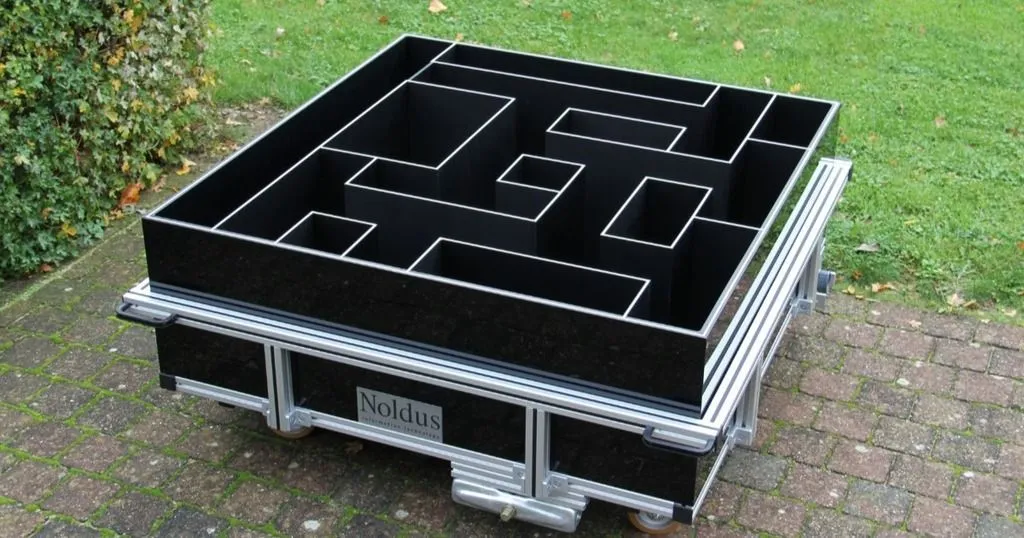
Studying spatial learning and memory with Cincinnati Water Maze
